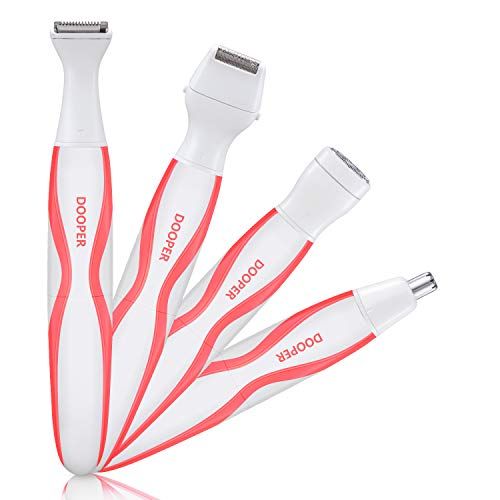
Murphy-Rose, making it “harder for pores to get clogged and hairs to get tripped.” Exfoliate with a wash or wipe containing glycolic, lactic, or salicylic acids, which will loosen up the dead skin cells before trimming or shaving. This reduces the thickness of the outer layer of skin, says Dr. Prep the skin: Keeping the bikini area properly exfoliated and moisturized is key.
#BEST BIKINI TRIMMER HOW TO#
How to use a bikini trimmer or shaver for bump-free results What’s right for you will depend on the look you’re after, skin sensitivity, convenience, and cost. On the other hand, it may not give you completely smooth results, which is why devices that feature dual heads with trimmers and razors can be so handy. “The closer the shave is to the skin, the easier it is for hairs to get stuck underneath the outermost layer of skin,” explains Dr. Trimmers are usually more cost-effective, and cut hairs further away from the skin, reducing the risks of ingrowns. Your at-home hair removal options: razors, trimmers, and devices like epilators. That’s why the tools you use and how you use them can make all the difference. “The hairs grow back into the skin and cause inflammation, unsightly bumps, and sometimes even troublesome cyst formation.” Adding to it, underwear, swimsuits, or tight clothing (hello, fav leggings) rub against the area and cause pressure, making irritation more likely, she says. “Hairs in this area have a curly growth cycle, which promotes ingrown hairs,” says Blair Murphy-Rose, M.D., board-certified dermatologist at Medical Dermatology & Cosmetic Surgery and assistant faculty at New York Presbyterian – Weill Cornell Medical Center.

Red, itchy bumps and large, angry ingrown hairs can make you wish you hadn’t taken a razor to it at all.

Removing hair around your bikini area is, quite literally, a total pain.


 0 kommentar(er)
0 kommentar(er)
